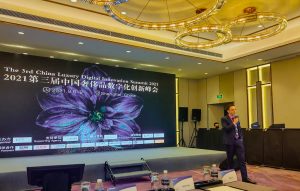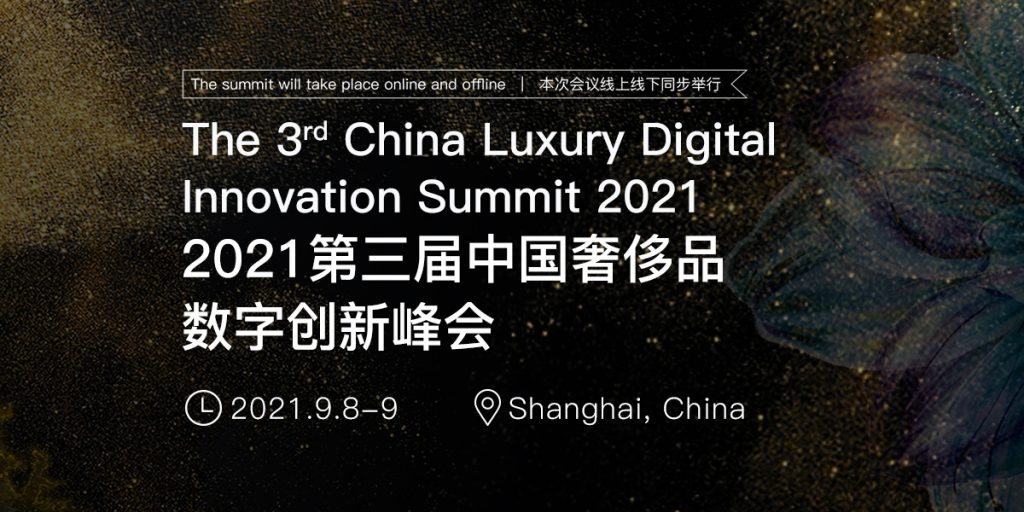After a year off in 2020 during the Covid-19 pandemic, the 3rd China Luxury Retail Innovation Summit was held on September 8-9 at the Radisson Collection Hotel in Shanghai. Delegates from a wide range of luxury brands and industries attended, both in person and via a live online stream of the conference, to hear speakers on the latest trends in the luxury sector in China.
Here are 6 key takeaways from the event:
HNWIs remain optimistic – for now
Agility MD Amrita Banta kicked off the summit with a keynote speech on China’s Millionaires, who she said represent the “most resilient” consumers in China’s recovery period from the Covid-19 pandemic. These high-net-worth individuals (HNWIs), said Banta, are more optimistic about their finances, investments, and how much they plan to spend on luxury goods and experiences.
She also pointed a shifting definition of luxury among China’s millionaires, from focusing on specific brand names 8 years ago and later on exclusivity, quality and craftsmanship, towards themes of quality of life, freedom, and health more recently.
Banta cited data from waves of Agility’s TrendLens China Millionaire study conducted from just after the beginning of the pandemic to March of 2021 showing a quick recovery from an initial dip in confidence, and that the next wave in October 2021 will be interesting to track the mood HNWIs are in now, following signals from the Chinese government suggesting a potential shift toward higher tax rates and redistributionist policies.

Gen-Zs are rising, but Millennials remain dominant
As Crystal Wang from Deloitte mentioned, in contrast to the focus on Gen-Z consumers, this cohort currently represents only 11% of luxury customers and less than 5% of luxury retail value in China (in contrast with Millennials, who account for fully 73% of customers and 75% of retail value). However, Gen-Zers are emerging at an unprecedented pace, with their spend growing by nearly 200% in 2020, meaning that brands need to be attuned to how Gen-Z consumers differ from other generations.
These differences include a mentality of wanting not to be followers but pursuing their own tastes, being more emotion-driven and prone to buying on impulse rather than planning luxury purchases in advance, and seeking a sense of cultural belonging – whether through a modern sense of patriotism, or as denizens the “2-D” world (anime, and games). She cited successful incidences of brands resonating well with Gen-Z consumers through offering more personalization and via collaborations with games and streetwear brands.

The model is changing
Many speakers pointed to a shift in the traditional luxury model as the customer journey has become digitalized and social platforms like RED, Douyin, WeChat, and Weibo have become the key platforms where consumers engage with brands. In addition to the “ROPO” (research online, purchase offline) model, “purely online” journeys where consumers research and buy online have increased rapidly since the pandemic.
The model has moved to one in which customers “go to” luxury brands, to one in which brands “go to” their customers. Vincenzo Carrieri of Canali spoke of a shift from the traditional model of thinking about return on investment towards one in which “ROE”, or return on engagement, is central.

